big changes - from sun to shade
User
11 years ago
Related Stories
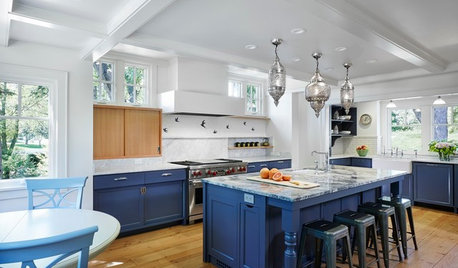
RANCH HOMESHouzz Tour: Ranch House Changes Yield Big Results
An architect helps homeowners add features, including a new kitchen, that make their Minnesota home feel just right
Full Story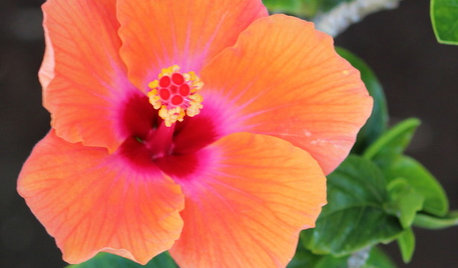
GARDENING GUIDES8 Take-Home Planting Ideas From Hawaii's Big Island
Bring the tropical spirit of Hawaii to a mainland garden — for a summer or even longer
Full Story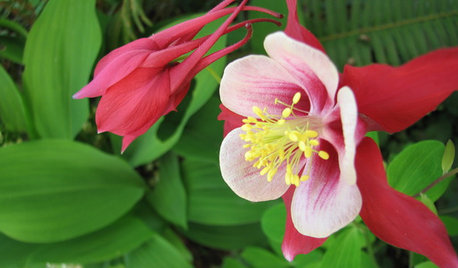
GARDENING FOR BUTTERFLIESGreat Design Plant: Columbine Grows Happily in Shade and Sun
Its ethereal beauty comes from complex forms and wide-ranging colors, but columbine’s benefits are highly attractive too
Full Story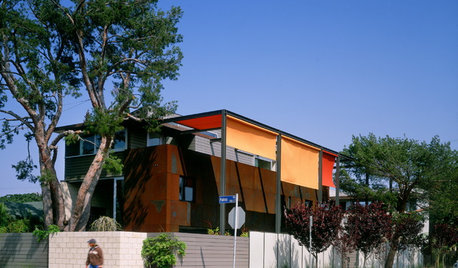
REMODELING GUIDESModern Awnings: Sails Shade the Home
Today's fabric awnings add movement, color, and just the right amount of protection from the sun
Full Story
GREEN BUILDINGChampioning the Solar House, From the 1930s to Today
Homes throughout history that have used the sun offer ideas for net-zero and passive homes of the present, in a new book by Anthony Denzer
Full Story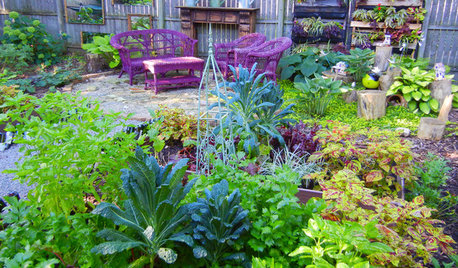
GARDENING GUIDESShades of Vegetable Gardens: Growing Edibles in Less Sun
See how one gardener produces a veritable feast of vegetables and herbs under a canopy of shade
Full Story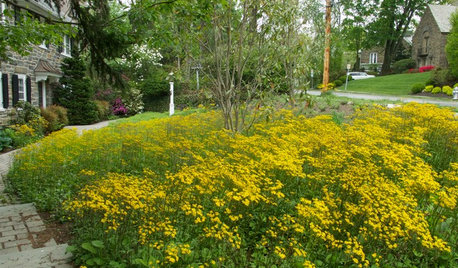
GARDENING GUIDESPackera Aurea Puts On a Springtime Show in Sun or Shade
This vigorous native ground cover welcomes bees with its early-blooming flowers and makes an attractive lawn alternative
Full Story
LANDSCAPE DESIGNFind Yourself in an Epic Garden in the Shade
Feeling hot and tired gardening in the sun? The world of shade gardening beckons you to its cool mystery
Full Story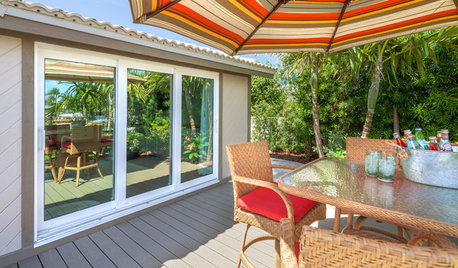
PATIOS6 Patio Cover Types to Shade You in Style
Protect yourself and your deck from the blazing sun with umbrellas, cloth, built structures — or nature's perfect shading solution
Full Story
DECORATING GUIDESLove Your Living Room: How to Take Advantage of a Big Space
Go from cavernous to cozy in your living room with defined areas, warm colors and lighting that's up to the task
Full Story





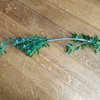
ken_adrian Adrian MI cold Z5
aachenelf z5 Mpls
Related Professionals
Kenmore Landscape Architects & Landscape Designers · Rossville Landscape Architects & Landscape Designers · Summit Landscape Architects & Landscape Designers · West Chester Landscape Architects & Landscape Designers · Cockeysville Landscape Contractors · Del Aire Landscape Contractors · Fort Atkinson Landscape Contractors · Little Ferry Landscape Contractors · Los Banos Landscape Contractors · North Richland Hills Landscape Contractors · Ponte Vedra Beach Landscape Contractors · Severna Park Landscape Contractors · Snoqualmie Landscape Contractors · Wentzville Landscape Contractors · West Chicago Landscape Contractorsmad_gallica (z5 Eastern NY)
UserOriginal Author
linaria_gw
flora_uk
aachenelf z5 Mpls
ken_adrian Adrian MI cold Z5
flora_uk
flora_uk
Ispahan Zone6a Chicago
woodyoak zone 5 southern Ont., Canada
UserOriginal Author